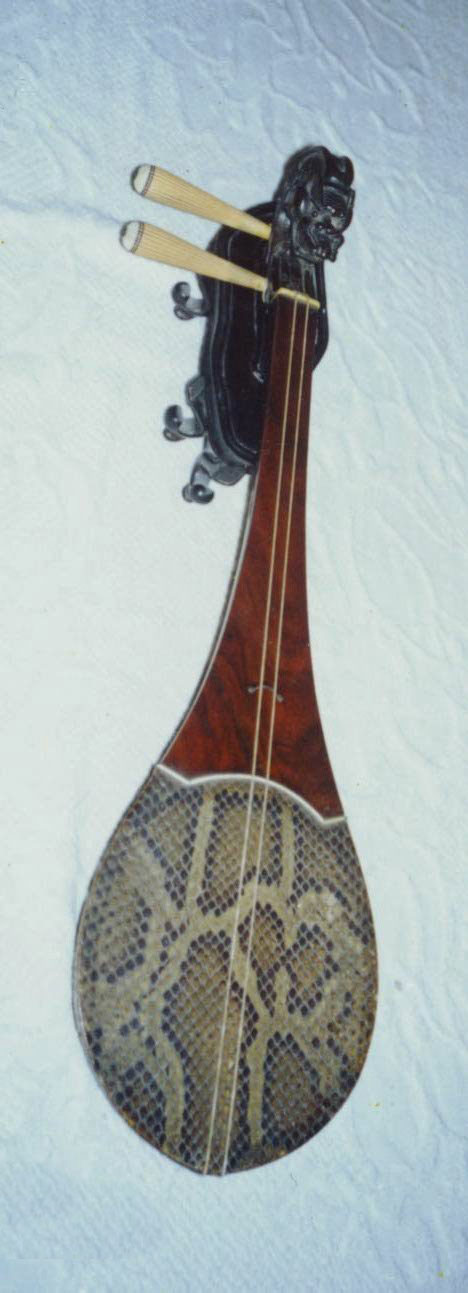The shape and structure of Xiaohulei
119 views · Organized by 陌上花 on 2022-02-16
The small Hulei in the picture is 45 cm long and 16 cm wide, and is made of a single piece of hardwood. At that time, the craftsman did not know the name of the tree trunk, but after the later examination, it suddenly thundered, and it was considered to be "sandalwood." It is probably the red sandalwood commonly known by today's national musical instrument makers.
On the left side of the qin head, there are two qin qin made of ivory. Below the mountain pass on the front of the neck, there are three characters "Xiao Hulei" inlaid in silver in seal script, and the back of the neck is engraved with eleven characters in regular script "Chen Hong hand-made Gong Xian Jianzhong Xin Youchun". Han Hong (723-787 AD) was a famous painter in the Tang Dynasty. He once painted the famous "Wenyuan Tu" and "Five Bulls". He was also a musician and loved to play the lyre. Jianzhong Xin You was the second year of Emperor Dezong Li Yi's reign, that is, 781 AD.

On the left side of the qin head, there are two qin qin made of ivory. Below the mountain pass on the front of the neck, there are three characters "Xiao Hulei" inlaid in silver in seal script, and the back of the neck is engraved with eleven characters in regular script "Chen Hong hand-made Gong Xian Jianzhong Xin Youchun". Han Hong (723-787 AD) was a famous painter in the Tang Dynasty. He once painted the famous "Wenyuan Tu" and "Five Bulls". He was also a musician and loved to play the lyre. Jianzhong Xin You was the second year of Emperor Dezong Li Yi's reign, that is, 781 AD.
Involving musical instruments
Xiaohulei (pinyin: Xiǎo hū léi) is an ancient Chinese plucked stringed musical instrument. Named for its pronunciation, Hu Hu Ruo Lei. Also known as the dragon head pipa or the two-string pipa. There is little publicity. The Palace Museum in Beijing has a collection of Xiao Hulei made in the Tang Dynasty, which is known as a rare treasure.
 渝公网安备 50010702504639号
渝公网安备 50010702504639号